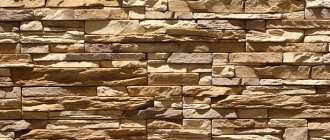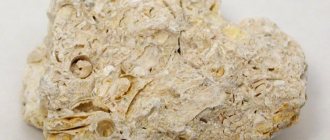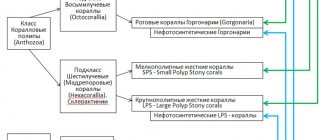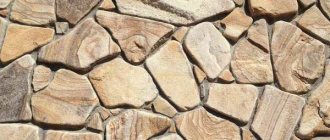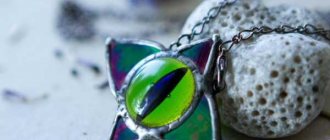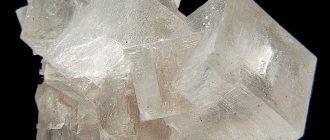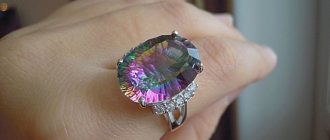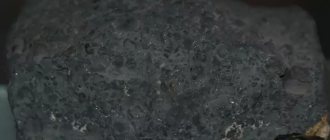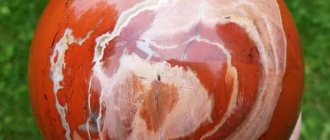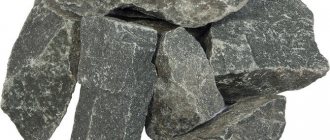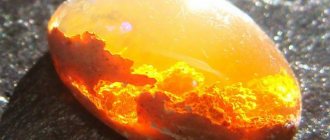Cabochon is a decorative a stone that has no edges. During processing, its surface becomes smooth and convex. Both the insert and the type of cut are designated by the term cabochon. Cabochon is translated from French as “carnation with a head.” But the jewelry name probably comes from the word caboche, meaning head.
A smooth cut is simpler than a faceted cut. People mastered it first. Most ancient peoples have relics in the form of cabochons. But it was the French who took the art of polishing to a new level and coined a term for it that is still used today.
Manufacturing technology
Cabochon processing includes the following operations:
- The stone is sawn into plates and pieces of 4-8 mm in size are cut out. They are degreased with special compounds.
- Using a stencil, the contours of the future product are applied to the resulting parts and the blanks are cut out.
- Sharp corners are removed with nippers and the stone is polished.
- If necessary, chamfers are made to conveniently secure the gem in the frame.
- The stone is polished by hand using felt or a piece of leather.
When making smooth glass beads without corners, molds are used into which molten material is poured.
Making a rounded stone yourself is difficult. To do this, you need to have special equipment, since it is difficult to get by with just wire cutters and a knife.
You can create a piece of jewelry or a decorative item from ready-made stones using a set of jewelry tools, purchasing everything you need in a retail chain. For example, online stores mirbusin.ru and dombusin.com offer gems, materials for decoration, and the necessary tools and accessories.
Cabochons are one of the popular products for making jewelry yourself. In this way, you can update out-of-fashion beads, brooches, necklaces and other jewelry.
What kind of gems are given a rounded shape?
For processing using the cabochon method, a jeweler can choose any crystal that has a pleasant color or fancy pattern. Ideally, both. There are many gems that satisfy these modest requirements:
- jasper;
- agate;
- chrysocolla;
- oligoclase;
- chrysoberyl;
- Tiger's Eye;
- onyx;
- opal;
- nephritis;
- lapis lazuli;
- malachite, etc.
Precious tree resin - amber - also looks more advantageous when smoothed
Round-cut diamonds lose the lion's share of their attractiveness. But in opaque gems it emphasizes and complements the natural beauty. Rounding allows you to visually change the shade or enhance the contrast of color combinations.
History of appearance
Cabochon is an ancient type of decoration, familiar from the 16th century. It is associated with the name of the French Cardinal Mazarin, who loved jewelry and, according to one legend, was the first to order diamonds to be rounded. With this technique, he wanted to emphasize their shine without losing material during processing. For a long time, this method of finishing natural stones remained the only possible one, because... Facet cutting was learned later.
However, even before this, jewelry in the form of the sacred scarab beetle existed in Ancient Rome. His body was made round and smooth. Then similar gems began to be imported from India.
But all these cases were not widespread, so most historians are inclined to the version of the French origin of the cabochon.
Nowadays, smooth round or oval beads are often used in Russia and all European countries. Julia Roberts, Heather Graham and other celebrities decorate their outfits with them.
Production Features
At first, jewelers could only use wire cutters and a grinding wheel. However, later machines appeared that made it possible to grind off the sharp corners of the stone and polish it.
It is important to take into account the natural characteristics of the stones. Not all of them allow cabochon processing. Transparent stones are rarely used for this, since they shimmer more due to sharply defined edges. However, Cardinal Mazarin's jewelers used cabochons to trim diamonds.
The most commonly used minerals are opaque or slightly cloudy: jade, pearls, moonstone, jadeite, amazonite. Semi-precious cabochon gems look good: peridot, turquoise, opal, malachite, agate, etc.
Opaque natural materials appear worn after cabochon processing because they do not reflect light. The advantages of glass beads are the variety of shades and the possibility of coloring.
